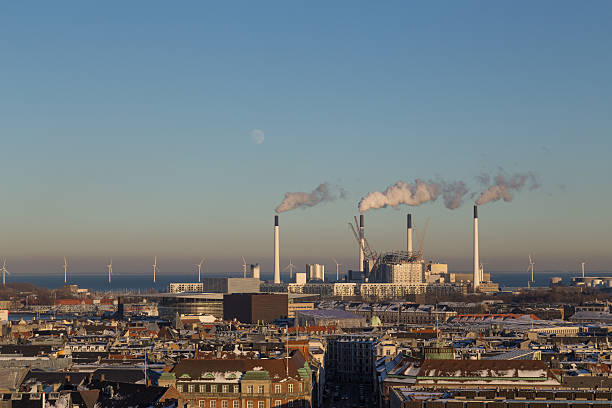Recent supply cuts from major crude producers have pushed oil prices close to $100 per barrel, sparking discussions about potential future demand destruction. Brent crude futures climbed to $96.01 per barrel by Friday morning, surpassing earlier prices this year.
However, some analysts, like Sushant Gupta from Wood Mackenzie, caution that these high prices may be short-lived due to global economic fragility and anticipated seasonal demand drops in early 2024. ING analysts also suggest the market may be “overbought.”
The price surge is driven by voluntary cuts from OPEC+ members. These include a 1.66 million-barrel-per-day reduction extending to the end of 2024, alongside additional cuts from Saudi Arabia and Russia, which together amount to 1.3 million barrels per day. This has been complemented by improving but potentially peaking Chinese demand and decreasing inventories.

Despite high prices, some European refiners report that they can manage without reducing output, thanks to favorable refining margins.
Yet, uncertainty remains around future China fuel export quotas and Russia’s indefinite fuel export ban, which affects European diesel supplies. These factors, combined with sanctions and supply constraints, have made certain crude grades harder to obtain.
The U.S. Energy Information Administration warns that a major hurricane could significantly impact production and refining, potentially raising U.S. gasoline prices by 25 to 30 cents per gallon.
European market participants are skeptical about the sustainability of triple-digit oil prices, with concerns that high prices could lead to demand destruction. Indian Energy Minister Hardeep Singh Puri has warned about the risk of high prices leading to a demand drop.
OPEC+ will review market conditions on October 4, but no major policy changes are expected. The U.S. has urged OPEC+ to increase output to help lower prices, but its response to recent production cuts has been muted.
Meanwhile, Saudi Arabia’s evolving geopolitical alliances, including a closer relationship with China and participation in the BRICS group, could influence future oil market dynamics.

